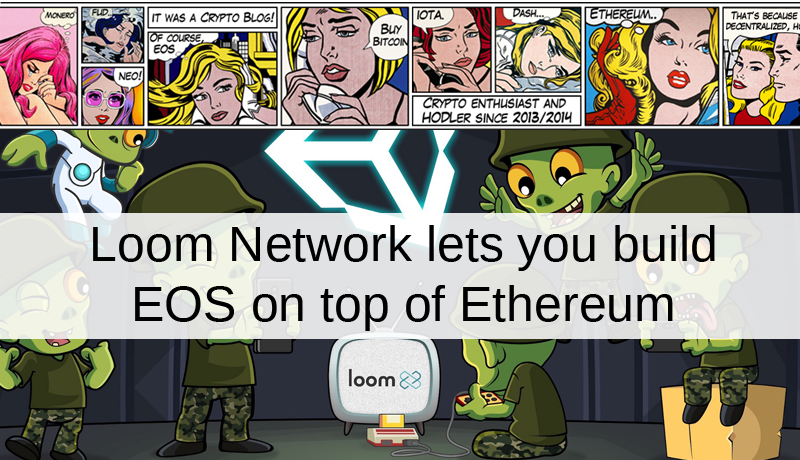EOS vs Ethereum - Which one is better?
Are EOS Airdrops a temporary hype or did they come to stay?
No-one knows for sure.
But to those of you who want to be prepared for giveaways on EOS, read on!
If you've already heard some rumours about the "Ethereum killer", you must be going like, "OK, but what are the core differences between this feisty "Ethereum killer" and Ethereum itself?"
Good news, people. You found the answer. No need to google, read articles and watch videos!
All you want to know about the differences between those two blockchains is put into this table!
3 interesting facts

The ultimate aim of EOS is to be the fastest, cheapest and most scalable smart contract blockchain in the world, but EOS tokens were originally built on top of Ethereum.
Ethereum is the second most popular cryptocurrency in the world and only surpassed by Bitcoin. But EOS has performed exceptionally well and raised record-breaking $4 billion during its one-year ICO.
Although EOS ambition is to win a large percentage of Ethereum's market share, it is just one of many Ethereum alternatives, such as Lisk, Cardano or Waves.
Scalability

Cryptocurrencies and blockchain are increasing in popularity and gaining public awareness, but there’s a risk the technology will be unable to keep up with demand. Scalability is the capacity of that technology to be changed in size or scale.A quick fact. Visa processes up to 1,700 transactions per second, and the banking industry uses systems that can do even more!
- Ethereum
This is a major problem in the context of global adoption. Luckily, there are a few Ethereum scaling projects in the works, such as sharding and off-chain transactions.
Each of the solutions tackles a different scalability problem.
- EOS
But some people argue that this network should be doing 50 000 TPS.
Consensus

Consensus mechanisms are protocols that make sure all nodes are synchronised with each other and agree on which transactions are legitimate and added to the blockchain.Before we start, note that Ethereum and EOS are two completely different ideologies, and this part is a good example to show that between them there is a gulf.
- Ethereum
Although the team has plans to change its PoW algorithm to an energy efficient PoS algorithm called Casper, for now Ethereum is using a small country's worth of electricity.
- EOS
EOS users vote for 200 witnesses to secure their computer network. That's why the consensus is "delegated".
They verify each transaction on the blockchain, basically running the network. And for that, they get rewards.
Meaning, no extra energy must be burnt, as opposed to PoW.
Still have some questions left? It's OK. We'll go into tech details as soon as the new airdrops on EOS pop up. So just stay tuned!
Final thoughts
So, what project do you vote for in this epic rap battle between EOS and Ethereum?Let us know in the comments section!
There is a thing, though, we're pretty much sure about. Being an AirdropAlert bystander you should be prepared for crypto giveaways on both of those blockchains.
Diversity is good. And we want you to be prepared. So, are you prepared?
If so, check out the past airdrops on EOS and wait for news from our side!
***



Comments
Post a Comment